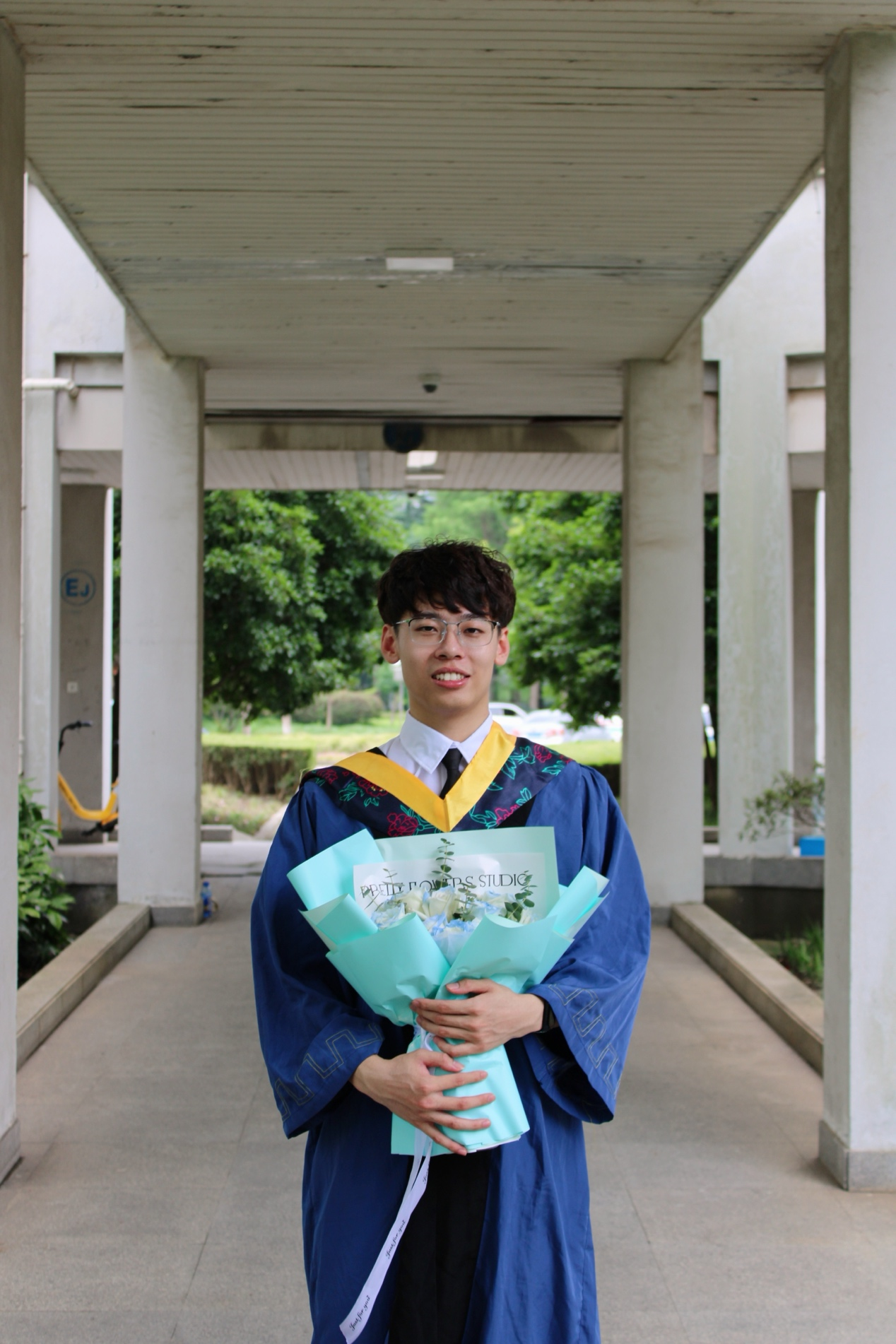Congratulations to Wan Guanxin on his successful graduation!
Wan Guanxin graduated from Guilin University of Technology with a bachelor’s degree and began pursuing a master’s degree in Computer Engineering and Science at Shanghai University in September 2021. After joining the research group, he studied shape space theory and image feature enhancement related technologies and applications under Professor Han Yuexing. Under the careful guidance of Professor Han, the following research was completed:
-
Aiming at the characteristics of limited available data and insufficient diversity in small sample image scenes, a feature enhancement method based on pre shape space geodesic curves, abbreviated as FAGC-PSS (Feature Augmentation on Geodetic Curves in Pre Shape Space), is proposed. Firstly, use deep learning models to extract features from small sample images; Enhance the dimensionality of image features based on shape space theory and project them onto a pre shape space; Construct corresponding geodesic curves for each category of feature data separately; Finally, generate feature data along the optimal geodesic curve for training the image processing model. The innovation of this method includes the following three points: firstly, achieving small sample image feature enhancement, which helps the model comprehensively understand the distribution and rules of training samples, and improves the robustness and reliability of the model; Secondly, the proposed FAGC-PSS feature enhancement method can be applied to multiple downstream tasks, such as achieving good results when combined with machine learning classification models; Thirdly, designing a random probability function and influencing factors in the cross entropy loss function of small sample image classification tasks can balance the impact of generated features and image features on the model.
-
In response to the characteristics of small sample size and poor prediction accuracy of material properties in material images, this paper proposes a material property prediction method based on FAGC-PSS. This method achieves material performance prediction tasks on small sample material images by designing the downstream task framework structure of FAGC-PSS and combining it with a pseudo labeling mechanism. The specific process includes four steps: extracting material image features, generating features through FAGC-PSS, using pseudo labeling mechanism to label performance value labels for the generated features, and finally using enhanced features to train the material performance prediction model. The innovation of this method includes the following: introducing the FAGC-PSS module into the predictive material performance model to enhance the diversity and complexity of feature data; Design a pseudo labeling mechanism to annotate the generated feature data. The experimental results show that this method can demonstrate good effectiveness and universality for predicting the properties of different types of materials.
After graduation, Wan Guanxin entered Huawei company. During his three-year graduate studies at Shanghai University, Wan Guanxin worked hard to learn, participated in research projects, and demonstrated excellent programming skills and algorithm development abilities. For complex technical problems, the ability to quickly analyze and propose effective solutions demonstrates strong independent research capabilities and innovative thinking. I hope that Wan Guanxin will not forget his original intention, keep in mind his mission, move forward bravely, and create a more brilliant future on the road ahead.
